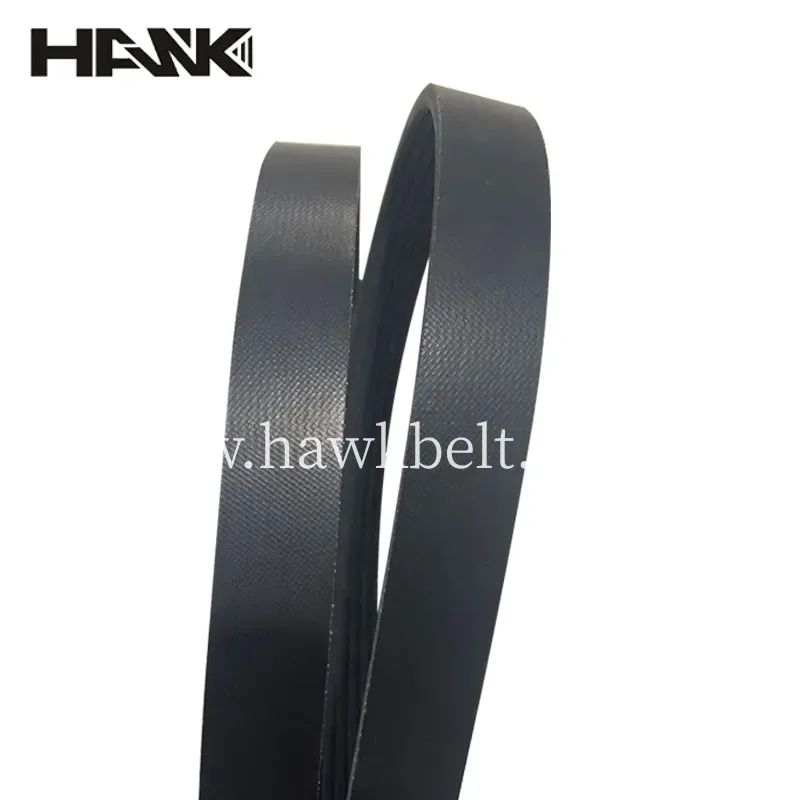- Arabic
- French
- Russian
- Spanish
- Portuguese
- Turkish
- Armenian
- English
- Albanian
- Amharic
- Azerbaijani
- Basque
- Belarusian
- Bengali
- Bosnian
- Bulgarian
- Catalan
- Cebuano
- Corsican
- Croatian
- Czech
- Danish
- Dutch
- Afrikaans
- Esperanto
- Estonian
- Finnish
- Frisian
- Galician
- Georgian
- German
- Greek
- Gujarati
- Haitian Creole
- hausa
- hawaiian
- Hebrew
- Hindi
- Miao
- Hungarian
- Icelandic
- igbo
- Indonesian
- irish
- Italian
- Japanese
- Javanese
- Kannada
- kazakh
- Khmer
- Rwandese
- Korean
- Kurdish
- Kyrgyz
- Lao
- Latin
- Latvian
- Lithuanian
- Luxembourgish
- Macedonian
- Malgashi
- Malay
- Malayalam
- Maltese
- Maori
- Marathi
- Mongolian
- Myanmar
- Nepali
- Norwegian
- Norwegian
- Occitan
- Pashto
- Persian
- Polish
- Punjabi
- Romanian
- Samoan
- Scottish Gaelic
- Serbian
- Sesotho
- Shona
- Sindhi
- Sinhala
- Slovak
- Slovenian
- Somali
- Sundanese
- Swahili
- Swedish
- Tagalog
- Tajik
- Tamil
- Tatar
- Telugu
- Thai
- Turkmen
- Ukrainian
- Urdu
- Uighur
- Uzbek
- Vietnamese
- Welsh
- Bantu
- Yiddish
- Yoruba
- Zulu
Aug . 18, 2024 06:04 Back to list
Replacement V-Belt for Myvi 1.3 Engine Performance and Maintenance Guide
Understanding the V-Belt for Myvi 1.3 A Critical Component for Optimal Performance
The Myvi 1.3, a popular model in the Malaysian automotive market, is well-regarded for its reliability and efficiency. Among its many components, the V-belt plays a pivotal role in ensuring that the vehicle operates smoothly and effectively. Understanding the function and maintenance of the V-belt is essential for any Myvi owner aiming to prolong the life of their vehicle and maintain optimal performance.
What is a V-Belt?
A V-belt is a type of belt used in various machines, including cars, to transfer power from the engine to different accessories, such as the alternator, water pump, and air conditioning compressor. The V shape of the belt allows it to fit snugly into the pulleys, which prevents slippage and enables efficient power transfer. In the case of the Myvi 1.3, the proper functioning of the V-belt is critical for the smooth operation of the engine and its associated parts.
The Importance of the V-Belt in Myvi 1
.3In the Myvi 1.3, the V-belt is responsible for driving various essential components. For instance, it helps power the alternator, which generates electricity for the vehicle's electrical systems, and the water pump, which circulates coolant throughout the engine to prevent overheating. Moreover, in models equipped with air conditioning, the V-belt also drives the compressor, ensuring that the cabin remains comfortable during hot weather.
Without a properly functioning V-belt, Myvi drivers may experience several issues, including overheating, electrical failures, and a lack of air conditioning during warmer months. It’s not just a minor component; the V-belt is integral to the overall functionality of the vehicle.
Signs of V-Belt Wear and Tear
Like any mechanical component, the V-belt is subject to wear over time. It’s important for vehicle owners to recognize the signs of a failing V-belt to prevent more serious issues down the line. Common indicators include
1. Squeaking or Squealing Noises If you hear unsettling noises when starting your Myvi or while driving, it may indicate that the V-belt is worn or loose. 2. Cracking or Fraying Visually inspecting the V-belt can reveal cracks or frays. This deterioration is a clear sign that the belt needs replacement.
v belt myvi 1.3

3. Overheating Engine If the engine temperature rises unexpectedly, it could be due to a malfunctioning water pump driven by the V-belt.
4. Failing Accessories If the alternator or air conditioning system begins to show signs of failure, the problem might trace back to the V-belt.
Maintenance Tips
To ensure the longevity of your V-belt and the smooth operation of your Myvi 1.3, consider the following maintenance tips
- Regular Inspections Conduct routine checks of your V-belt during your vehicle’s servicing. Look for signs of wear and replace it if necessary. - Proper Tension Ensure that the V-belt is properly tensioned. If it is too loose, it can slip and cause inefficiencies; if too tight, it can wear out quickly.
- Use Quality Replacement Parts When it’s time to replace the V-belt, opt for high-quality belts that meet manufacturer specifications to ensure compatibility and durability.
- Professional Assistance If you're uncertain about maintaining your V-belt, seek professional help to avoid potential damage to your vehicle.
Conclusion
The V-belt in the Myvi 1.3 is a small yet vital component that plays a significant role in the vehicle's performance. Understanding its purpose, recognizing the signs of wear, and adhering to proper maintenance practices can help ensure your Myvi runs efficiently and reliably for years to come. By giving attention to this essential piece, you can enhance your driving experience and ensure that your vehicle remains in peak condition.
-
Korean Auto Parts Timing Belt 24312-37500 For Hyundai/Kia
NewsMar.07,2025
-
7PK2300 90916-T2024 RIBBED BELT POLY V BELT PK BELT
NewsMar.07,2025
-
Chinese Auto Belt Factory 310-2M-22 For BMW/Mercedes-Benz
NewsMar.07,2025
-
Chinese Auto Belt Factory 310-2M-22 For BMW/Mercedes-Benz
NewsMar.07,2025
-
90916-02660 PK Belt 6PK1680 For Toyota
NewsMar.07,2025
-
drive belt serpentine belt
NewsMar.07,2025

